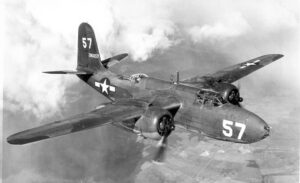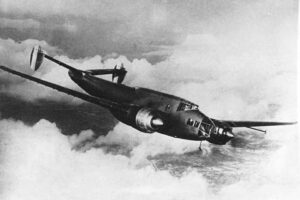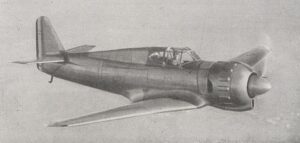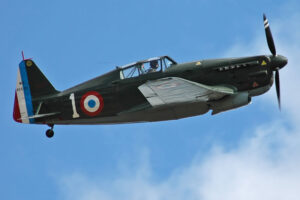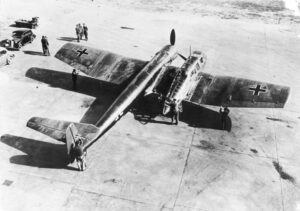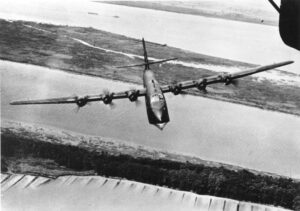Time Period: World War I
Country of Origin: France
Type: Biplane, Fighter Aircraft
Manufacturer: SPAD
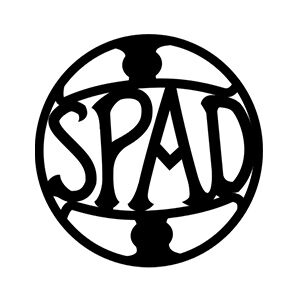
SPAD S.VIII Aircraft Overview
The SPAD S.VIII was a French biplane fighter aircraft developed during World War I as an improved version of the highly successful SPAD S.VII. It was designed by the same engineer, Louis Béchereau, and first flew in July 1917.
The SPAD S.VIII incorporated several improvements over the S.VII, including a more powerful Hispano-Suiza engine, a larger fuel tank for increased range, and improved aerodynamics. It was also armed with two Vickers machine guns, one firing through the propeller arc and one mounted on the upper wing to fire over the propeller arc.
The SPAD S.VIII had a top speed of 218 km/h (135 mph) and could climb to an altitude of 6,000 meters (19,685 feet) in just 16 minutes. It was highly maneuverable and proved to be an effective fighter aircraft, especially in the hands of skilled pilots.
The SPAD S.VIII was used by many Allied air forces during World War I, including the French, British, Italian, Belgian, and American air forces. It was credited with shooting down many enemy aircraft and played a significant role in achieving air superiority on the Western Front.
Overall, the SPAD S.VIII was a highly successful aircraft and remained in service with some air forces after the end of World War I. It was also widely exported and used in several conflicts in the years following the war.
SPAD S.VIII Specifications
- Crew: 1
- Length: 6.25 m (20 ft 6 in)
- Wingspan: 8.25 m (27 ft 1 in) late examples had a span of 8.08 m (26.5 ft)
- Height: 2.60 m (8 ft 6 in)
- Wing area: 21.11 m2 (227.2 sq ft) late examples had a wing area of 20.2 m2 (217 sq ft)
- Empty weight: 601.5 kg (1,326 lb)
- Gross weight: 856.5 kg (1,888 lb)
- Powerplant: 1 × Hispano-Suiza 8Ba, Bb or Bd Water cooled 8-cylinder vee-type, 150 kW (200 hp).
SPAD S.VIII Performance
- Maximum speed: 211 km/h (131 mph, 114 kn) at 1,000 m (3,300 ft)
- 208.5 km/h (129.6 mph; 112.6 kn) at 2,000 m (6,600 ft)
- 205.5 km/h (127.7 mph; 111.0 kn) at 3,000 m (9,800 ft)
- 201 km/h (125 mph; 109 kn) at 4,000 m (13,000 ft)
- 190 km/h (120 mph; 100 kn) at 5,000 m (16,000 ft)
- Endurance: 2 hours
- Service ceiling: 6,800 m (22,300 ft)
- Time to altitude:
- 2 minutes 20 seconds to 1,000 m (3,300 ft)
- 5 minutes 17 seconds to 2,000 m (6,600 ft)
- 8 minutes 45 seconds to 3,000 m (9,800 ft)
- 13 minutes 5 seconds to 4,000 m (13,000 ft)
- 20 minutes 10 seconds to 5,000 m (16,000 ft)
- Wing loading: 40 kg/m2 (8.2 lb/sq ft)
SPAD S.VIII Armament
- Guns: 2 x .303 in (7.70 mm) Vickers machine guns or on USAS Examples, 2 x Marlin M1917 or M1918 machine guns.
- Bombs: 4 x 25 lb (11 kg) Cooper bombs.


